Savoir vary the pace of a match to do it toggle on our side is not to chose easy. here are some advices who can certainly help you.
Remember those matches of the great champions who found their backs against the wall with even match points against them, and who managed to turn the situation around to finally leave with victory. This situation is not reserved for the best: it can also be seen at much lower levels. But how can you change the rhythm of a match?
The very first mistake would be to believe that in a country, a region, a city or a club, everyone plays the same way. We often hear that the French game is very fast, aggressive, the Spanish game is error-free, the Argentinian game is relaxed, etc. Basically it's true, but in detail, each player has his own style and must be able to express it. This is why it is interesting to know the game offered in various countries to be able to counter it with your own weapons and not try to copy the style of others.
So this requires above all mastery, control, experience. That's what we're asking players to do, to create their own padel, with their desires, their technique. From the moment you play calmly and are comfortable with your shots, you will be able to vary and offer different things to your opponents.
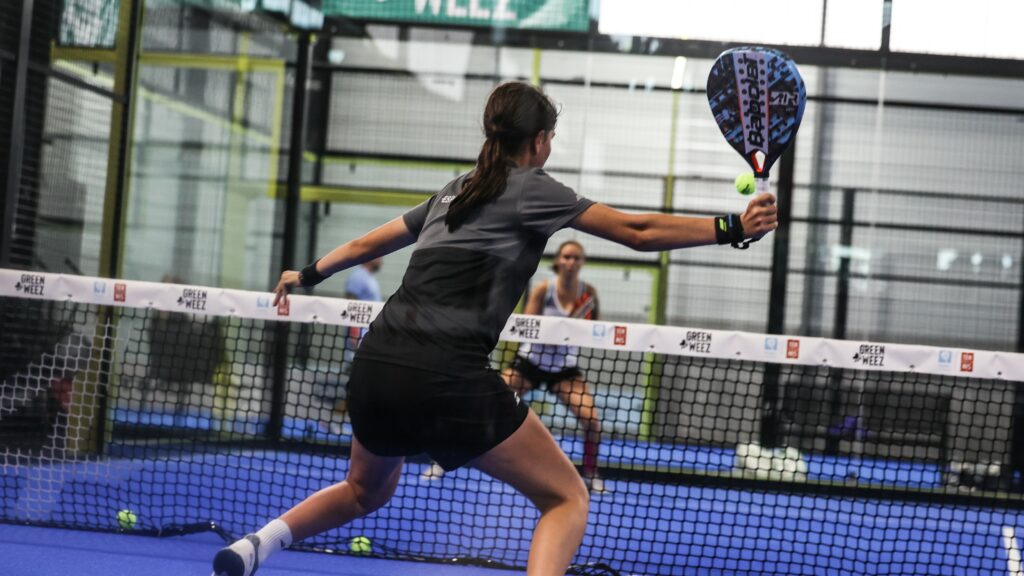
What to do if it plays too fast?
This is often the case in Northern Europe. The points are very short because everything happens very quickly, and as we believe that arm wrestling is the best solution, we do the same. Result of the races? Either it's a winning point or it's a foul. We end up with a not very interesting match which lasts 30 minutes.
When it plays too fast, the idea is to slow down or wait to wait for the mistake. Not simple, you say? In defense, try never to volley at shoulder height. Volleying at waist height or below net level does not allow for power, so if you can force your opponents into these situations, then you can start working. If players tend to hit all your lobs, deprive them of high balls for a while. Later you can try to make them play higher again, maybe they will get frustrated and start making mistakes. If you play outdoors, do not hesitate to vary the heights of lobs because a player may be comfortable with balls rising to 7 meters but will be uncomfortable with balls at 9 meters (see article on the candle lob).
Another tactic would be to “charge” the player who hurts you the least for a while. His balls being easier for you to negotiate, you can then allow yourself to attack, to assault, to put under pressure the one who was hurting you until now.
And in the net?
Tell yourself that when you are at the net, you are in control of the game. If your opponents are playing very fast and take the ball early, let them get excited. First, maybe you will need to step back a little, move away from the net, to better read the trajectories. Just put the ball back in and wait for the foul. Remember that among amateurs, you generally cannot hit more than three balls at high speed from the baseline without making a mistake.
If, on the contrary, you are faced with players who are playing too slowly for you, try to get into rhythm, as soon as possible, by looking for a simple area where you can increase the speed of the ball.
“Don’t fall into the opponent’s rhythm”
This would be the sentence to remember. Each team must know its rhythm of play, the one that allows it to play comfortably. In front of you, most of the time you will find teams with different rhythms. From the start of the match, try to impose your rhythm. Sometimes it works, sometimes it doesn't. And when it doesn't work, you have to react quickly, otherwise either the games will go by, or you will fall asleep losing against players less strong than you, but more cunning.
Knowing how to vary the pace means above all having the technique necessary to adapt to any phase of play. Work on ball control and not power in training, so you will broaden your technical and therefore tactical range. for beautiful rhythm variations. Go!
Julien Bondia is a teacher of padel in Tenerife (Spain). Columnist and advisor, he helps you play better through his tutorials and tactical/technical articles padel.




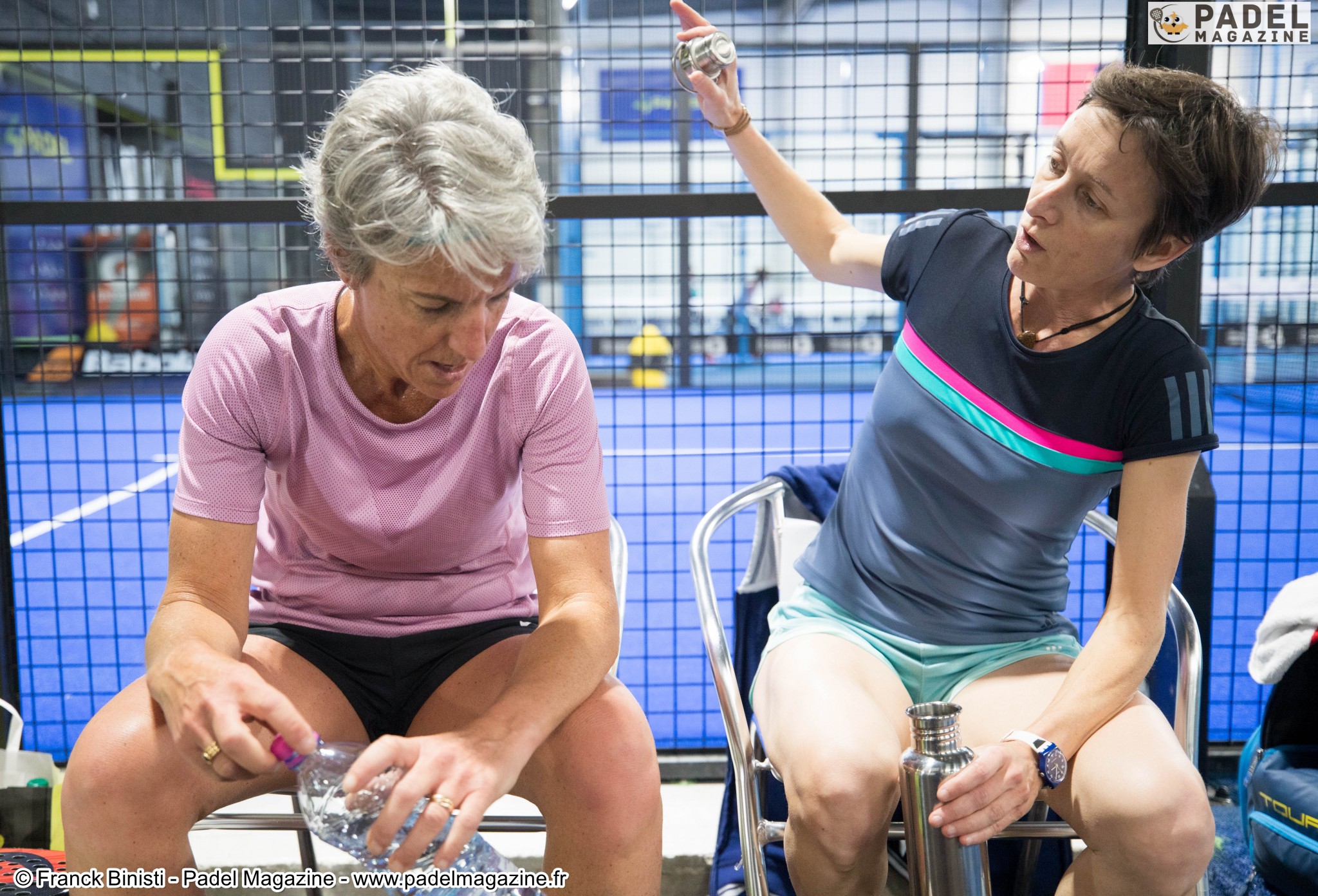

















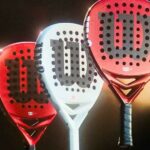














































































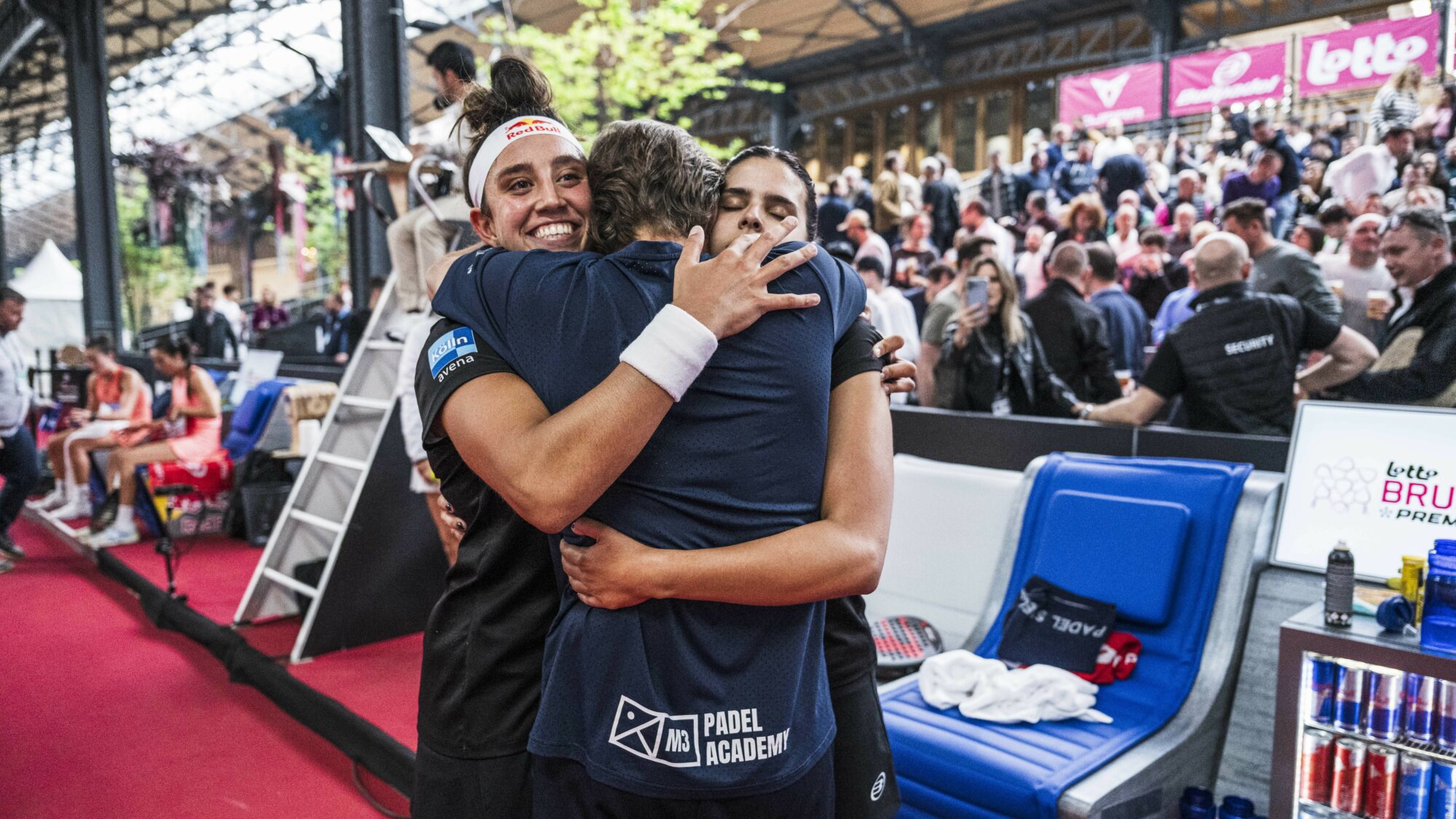 Premier Padel Brussels P2 – Brea/Gonzalez wins the arm wrestling against Salazar/Icardo
Premier Padel Brussels P2 – Brea/Gonzalez wins the arm wrestling against Salazar/Icardo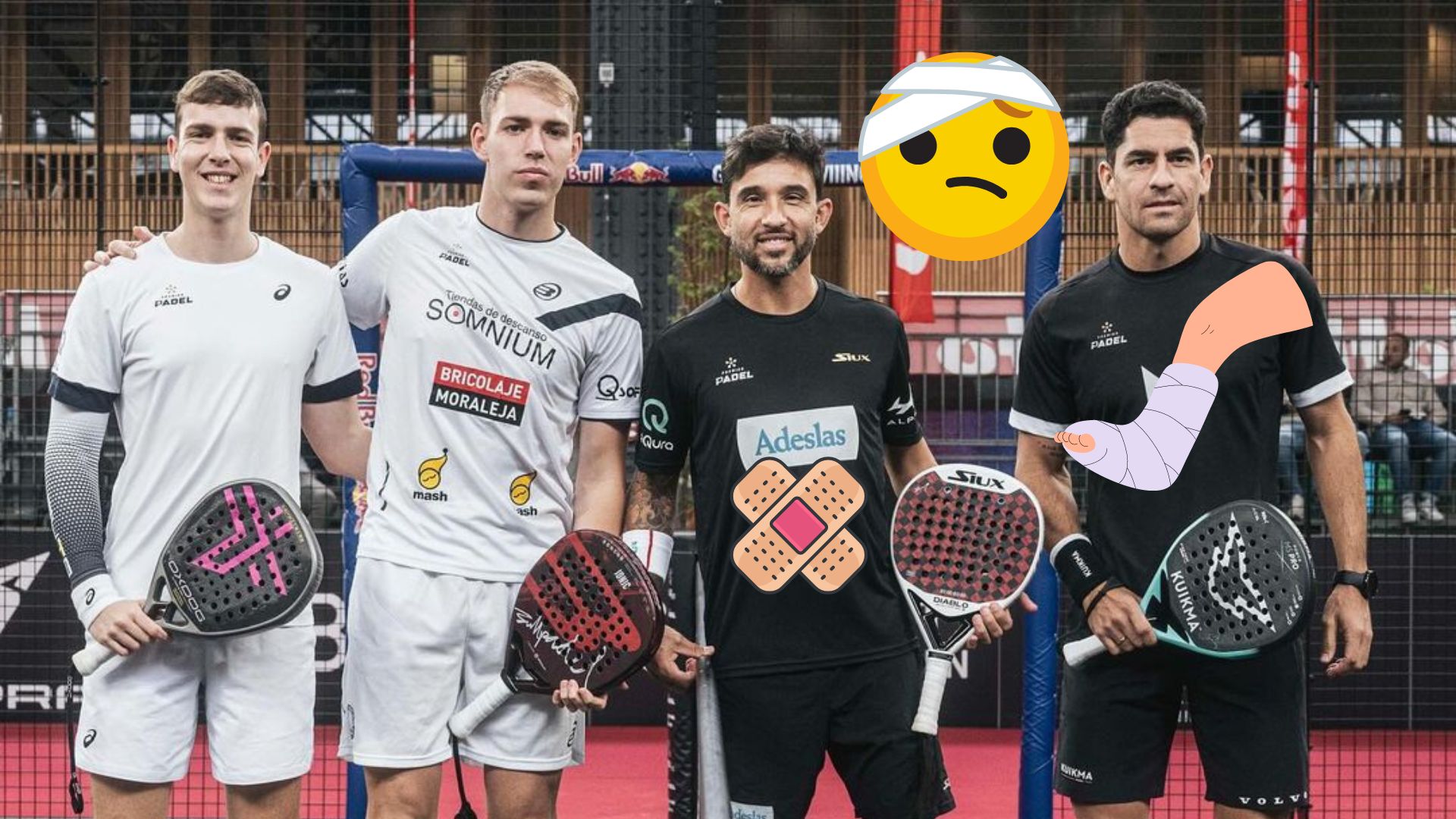 Unusual – Sanyo Gutierrez and Maxi Sanchez suffered in Brussels
Unusual – Sanyo Gutierrez and Maxi Sanchez suffered in Brussels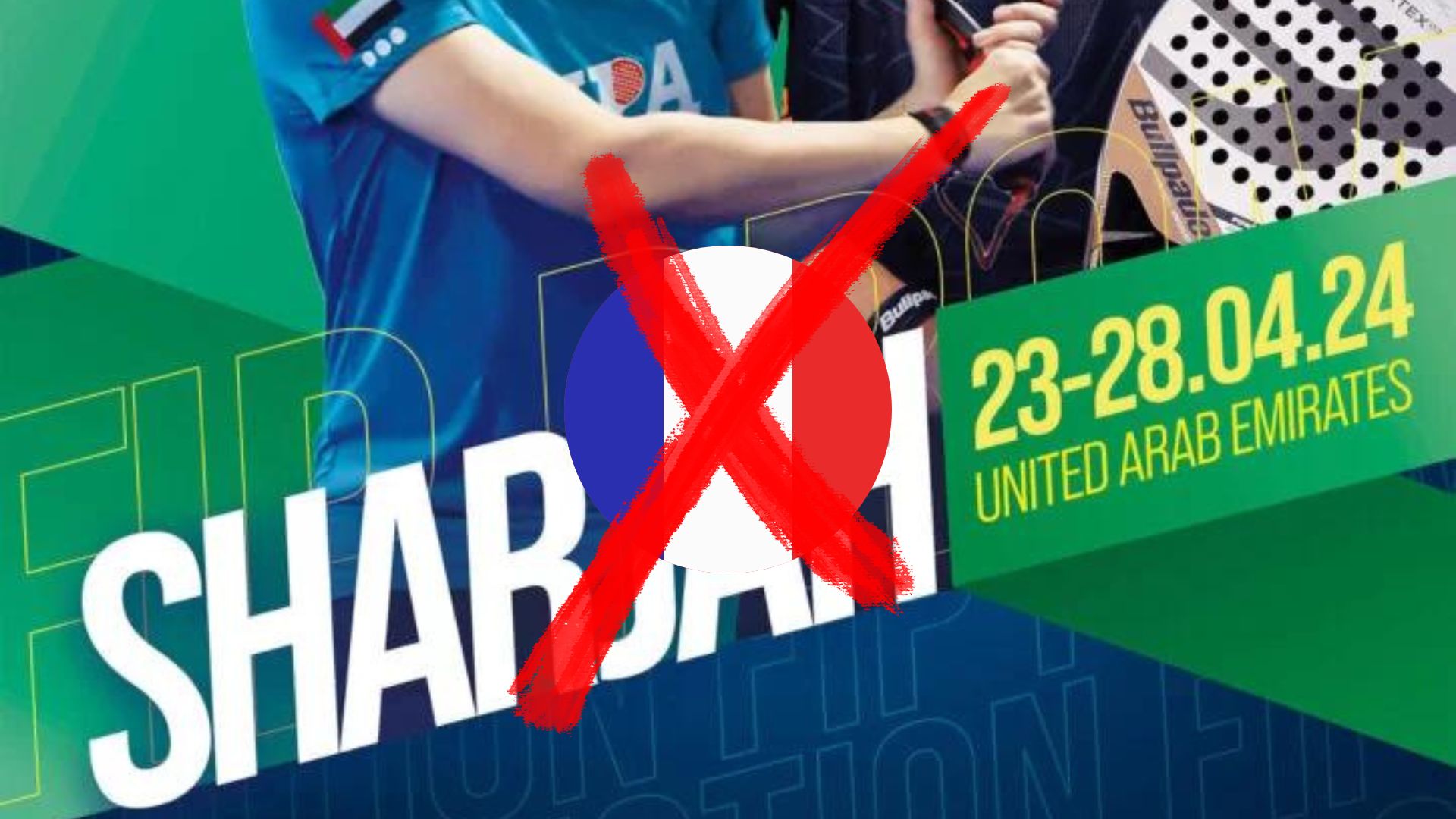 FIP Promotion Sharjah – More French people in the United Arab Emirates
FIP Promotion Sharjah – More French people in the United Arab Emirates Guillaume Codron de Sud Padel : “A family project”
Guillaume Codron de Sud Padel : “A family project” Nallé Grinda: “Democratize the padel in the USA with PadelX "
Nallé Grinda: “Democratize the padel in the USA with PadelX " Simon Boissé: “We know that there are two nations in front of us”
Simon Boissé: “We know that there are two nations in front of us” Marie Maligo: “This period of frequent changes of partners was beneficial for me”
Marie Maligo: “This period of frequent changes of partners was beneficial for me” The All Star Tour returns on May 16 at the All In in Lyon
The All Star Tour returns on May 16 at the All In in Lyon D-7 of the “BetClic Remontada Padel”, at the foot of the Eiffel Tower
D-7 of the “BetClic Remontada Padel”, at the foot of the Eiffel Tower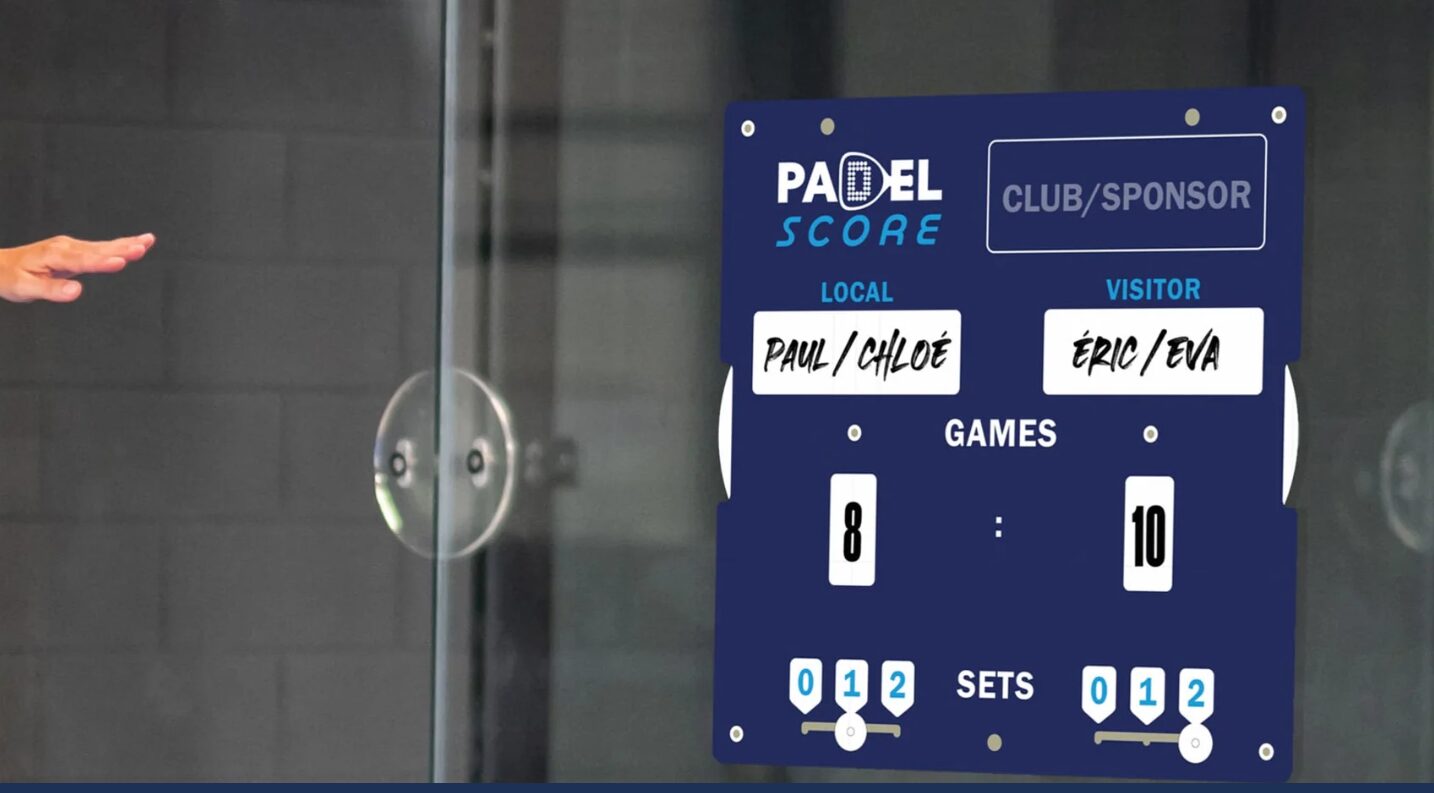 Padel Score: an essential table for keeping score
Padel Score: an essential table for keeping score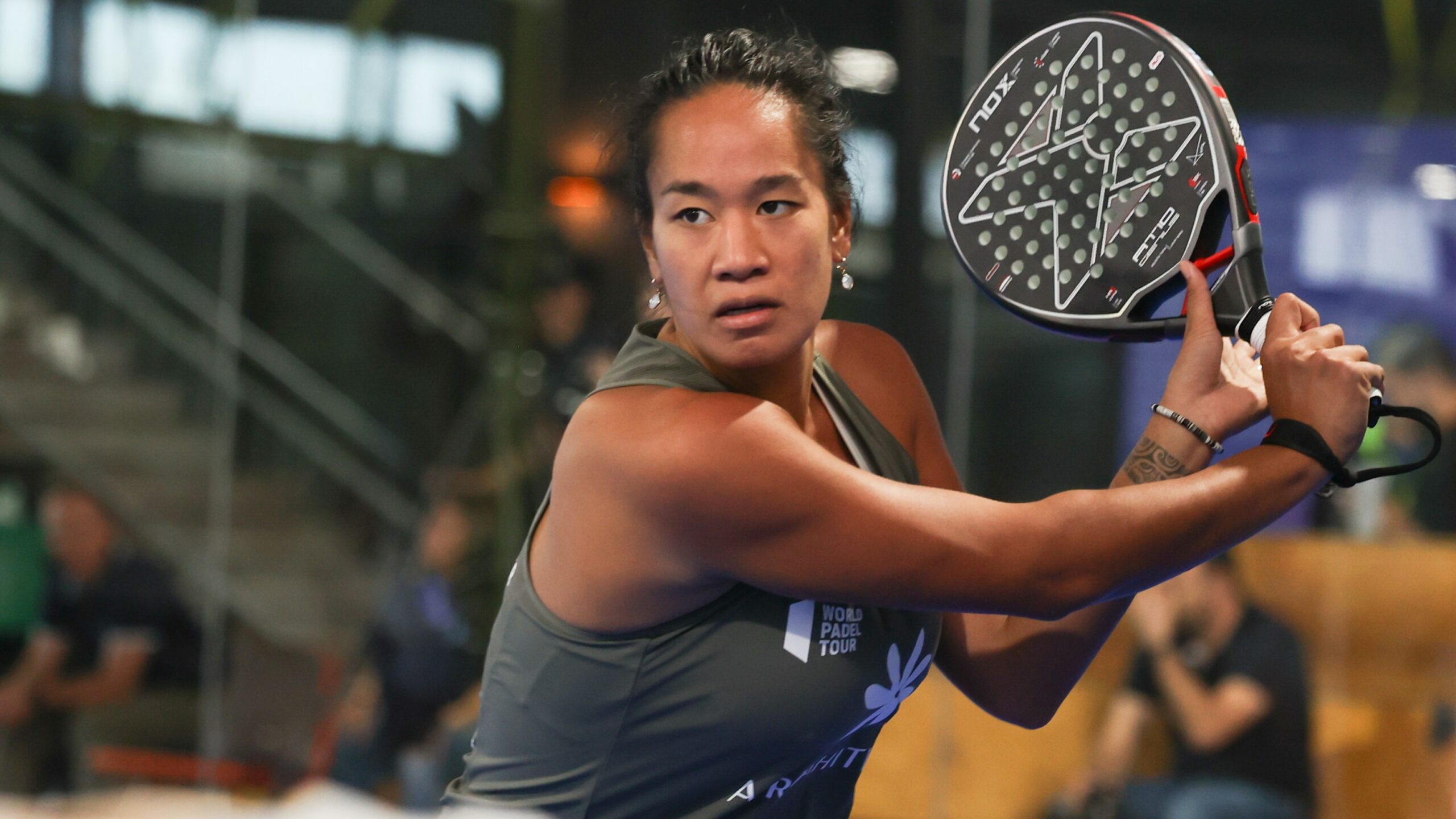 Léa Godallier makes her big return to the slopes this weekend
Léa Godallier makes her big return to the slopes this weekend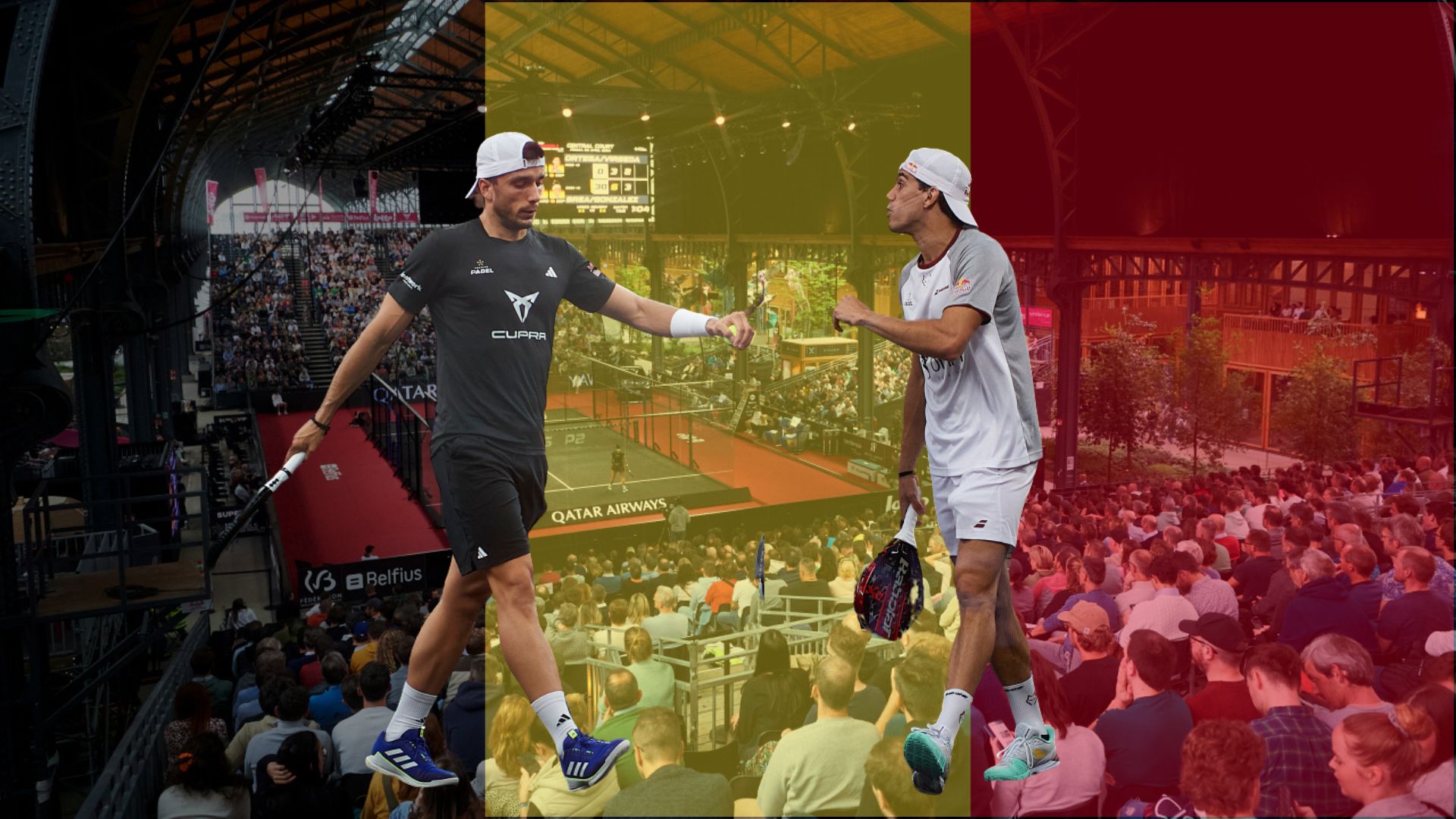 Premier Padel Brussels P2 – Juan Lebron and Ale Galan together in Belgium?
Premier Padel Brussels P2 – Juan Lebron and Ale Galan together in Belgium?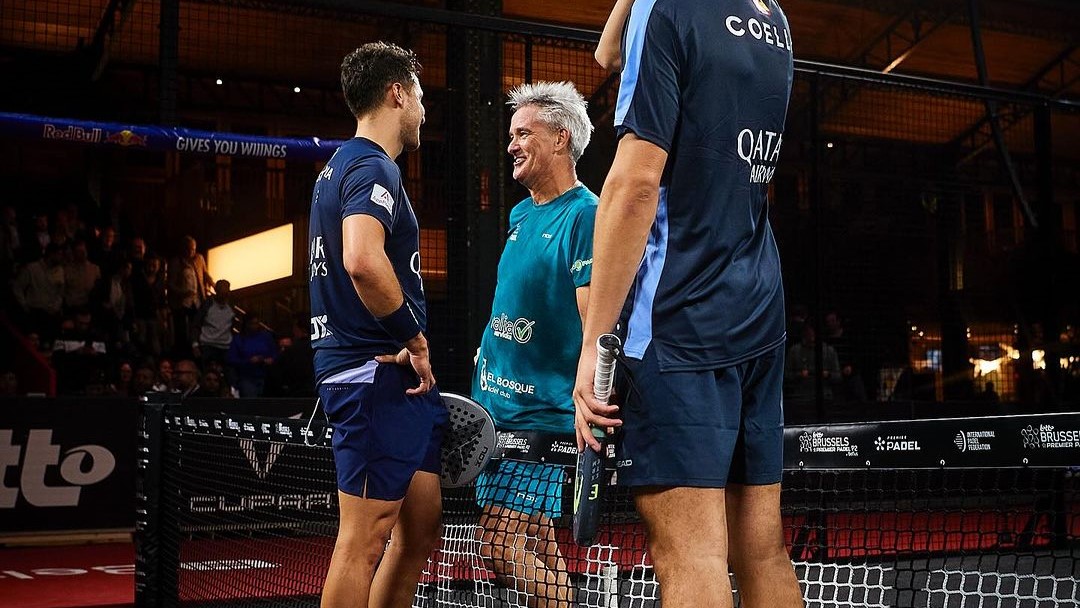 Agustin Tapia salutes the longevity of Miguel Lamperti
Agustin Tapia salutes the longevity of Miguel Lamperti José Manuel Escin at the inauguration of Casa Padel DOS: “Finally, and thank you!”
José Manuel Escin at the inauguration of Casa Padel DOS: “Finally, and thank you!” Padel Score comes to Tahiti for American Express Padel Cup!
Padel Score comes to Tahiti for American Express Padel Cup! Do you know the Rafa Nadal Academy Tour?
Do you know the Rafa Nadal Academy Tour? Play at padel on his yacht? Possible for €233.000!
Play at padel on his yacht? Possible for €233.000!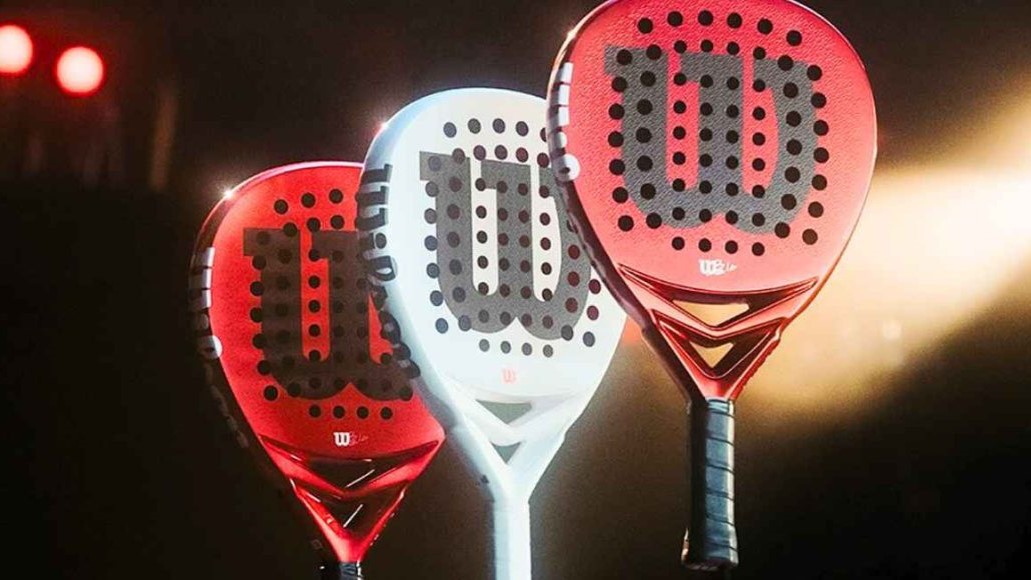 Presentation of the Wilson Bela V2.5 collection
Presentation of the Wilson Bela V2.5 collection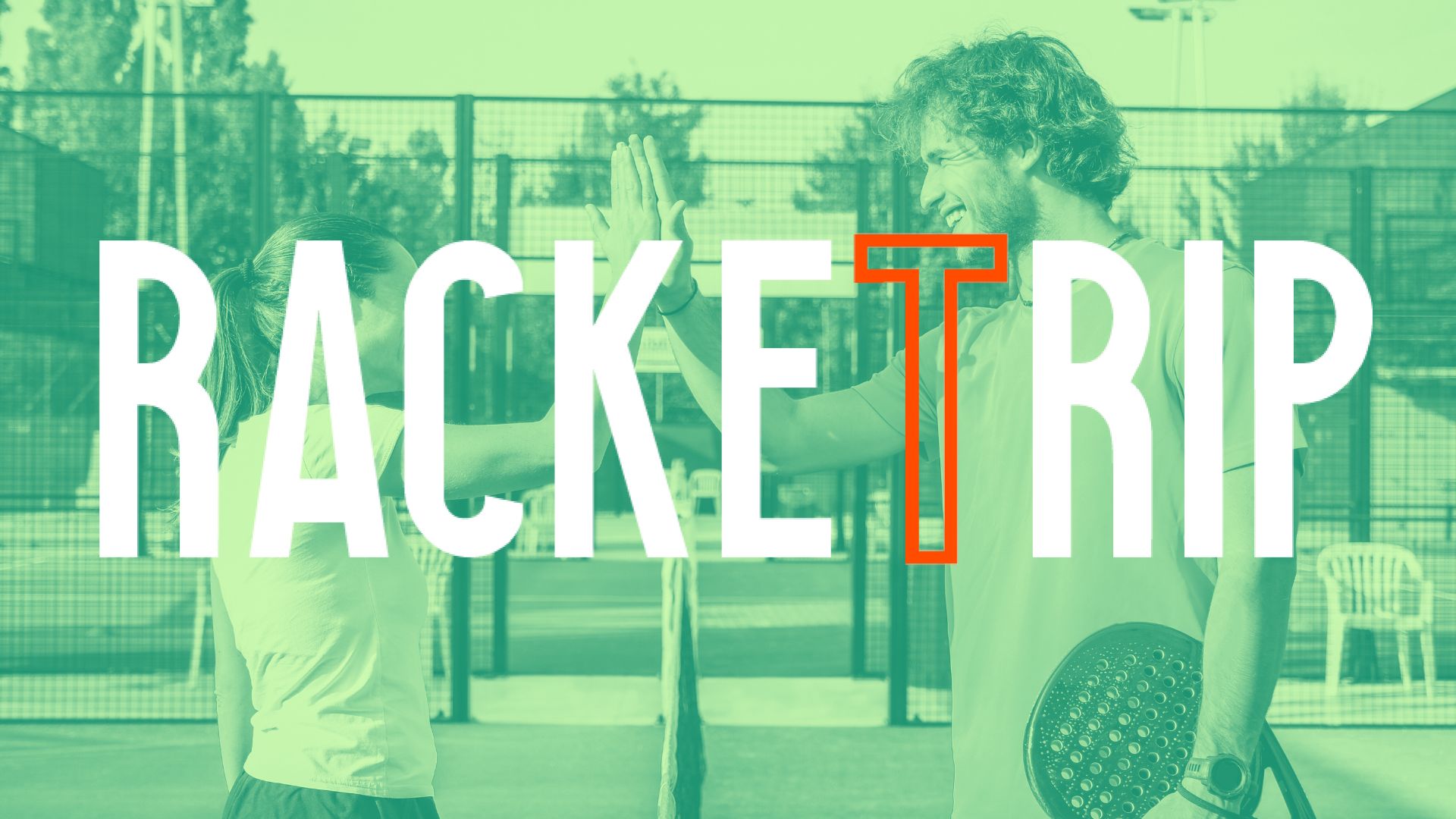 The LinkedIn of racquet sports: Racket Trip
The LinkedIn of racquet sports: Racket Trip The score at padel : manual
The score at padel : manual Our Top 10 training courses padel in France and Europe
Our Top 10 training courses padel in France and Europe At the heart of padel – Episode 25: Paul and Andoni answer your questions
At the heart of padel – Episode 25: Paul and Andoni answer your questions At the heart of padel – Episode 23: defend the window well
At the heart of padel – Episode 23: defend the window well Prohibition on playing topless Padel : the reasons
Prohibition on playing topless Padel : the reasons FIP Tour – Going far from Europe, THE strategy to earn points!
FIP Tour – Going far from Europe, THE strategy to earn points! What is a good football player? padel ?
What is a good football player? padel ? “Lefties give me headaches when I play against them!”
“Lefties give me headaches when I play against them!” At the heart of padel – Episode 14: how to earn points in winter?
At the heart of padel – Episode 14: how to earn points in winter? The basic tactics of padel
The basic tactics of padel A par 4 is always a winner...even if you manage to defend it!
A par 4 is always a winner...even if you manage to defend it! Carbon fiber VS fiberglass: what to choose?
Carbon fiber VS fiberglass: what to choose? How to effectively test a racket padel ?
How to effectively test a racket padel ? La padel to fight Parkinson's disease
La padel to fight Parkinson's disease Don't play with a cracked or broken racket, your body will thank you!
Don't play with a cracked or broken racket, your body will thank you! Michel Cymes: “The padel, physically, it’s serious!”
Michel Cymes: “The padel, physically, it’s serious!” Jeremy Gala: “Promote the padel among young people in Belgium remains a challenge”
Jeremy Gala: “Promote the padel among young people in Belgium remains a challenge” The French Touch Academy organizes its selection day Padel-Study
The French Touch Academy organizes its selection day Padel-Study Report on the detection and training of younger generations
Report on the detection and training of younger generations